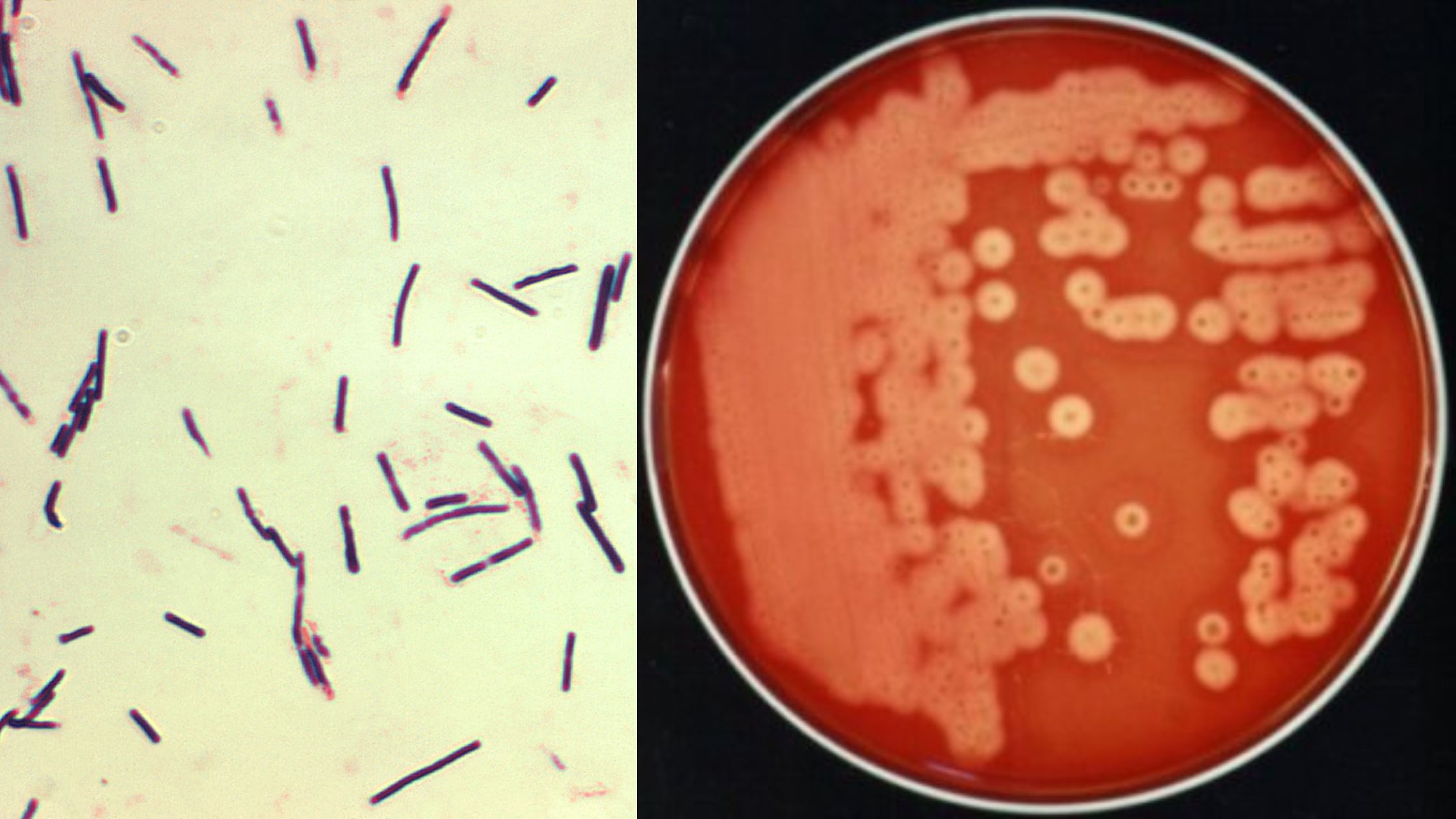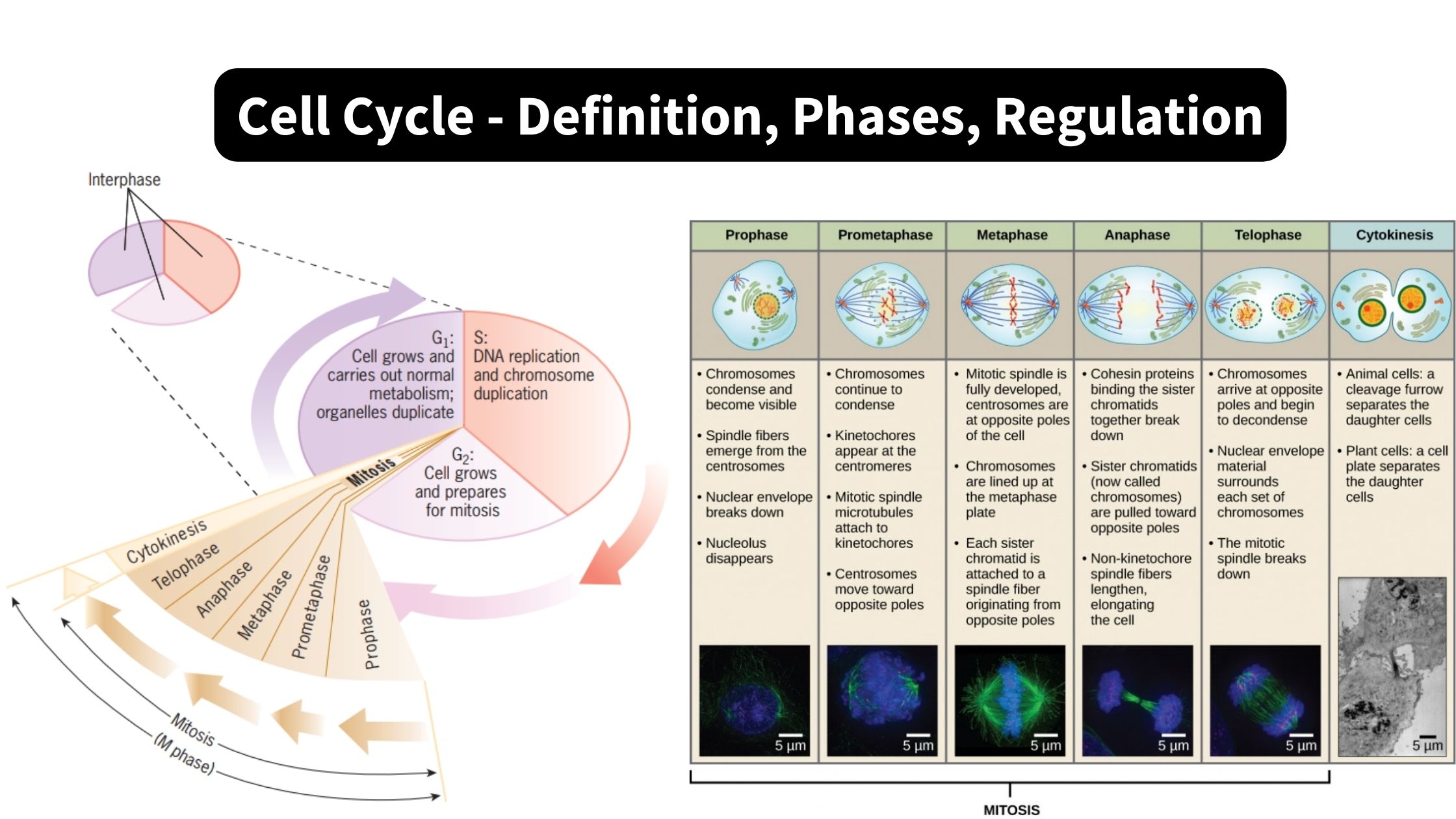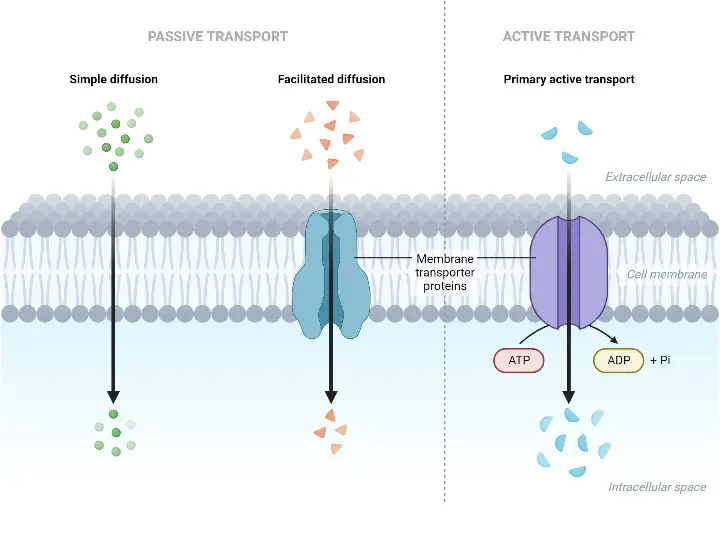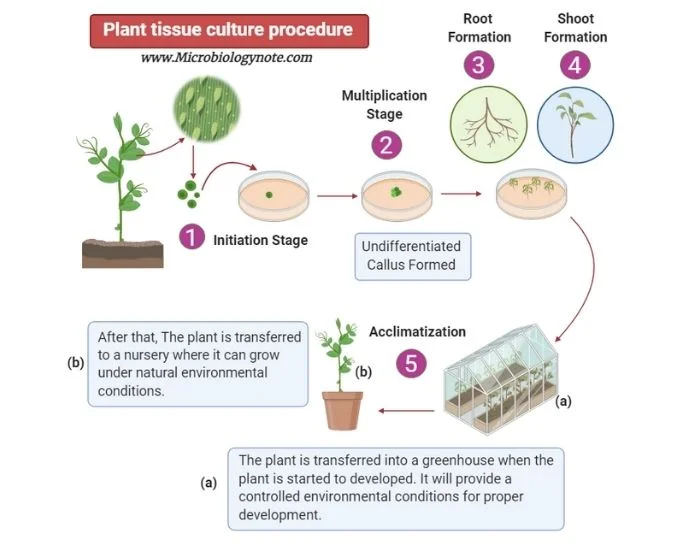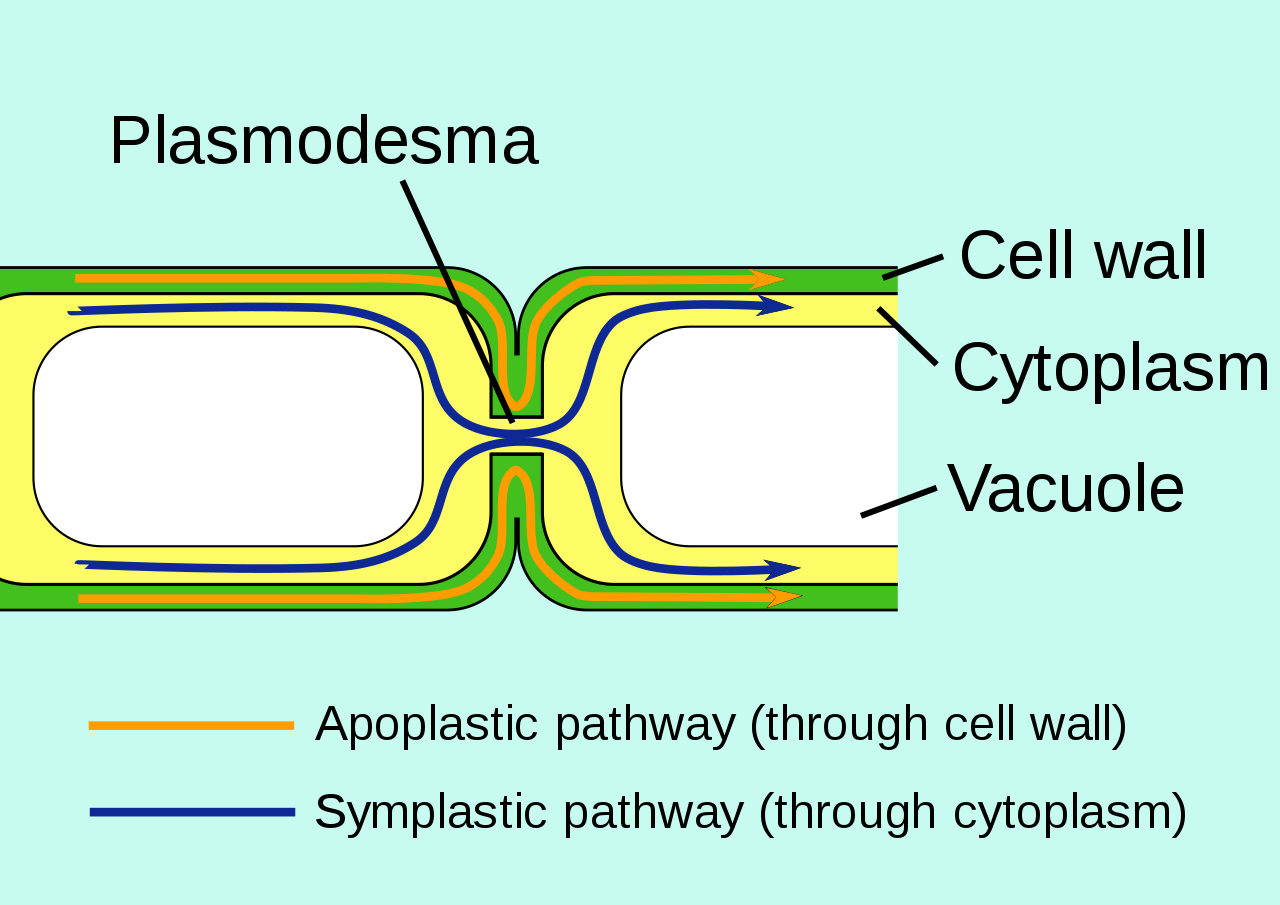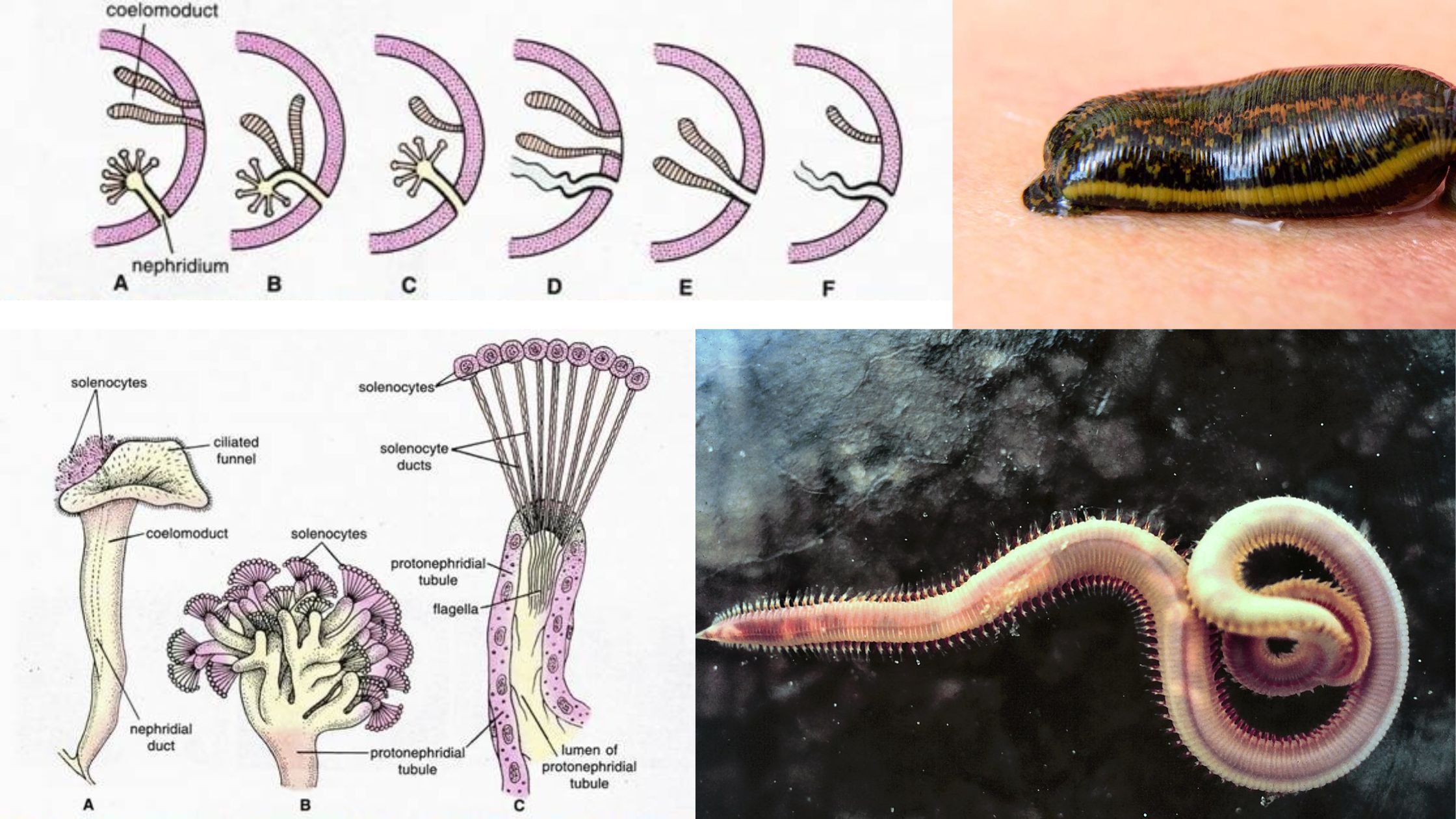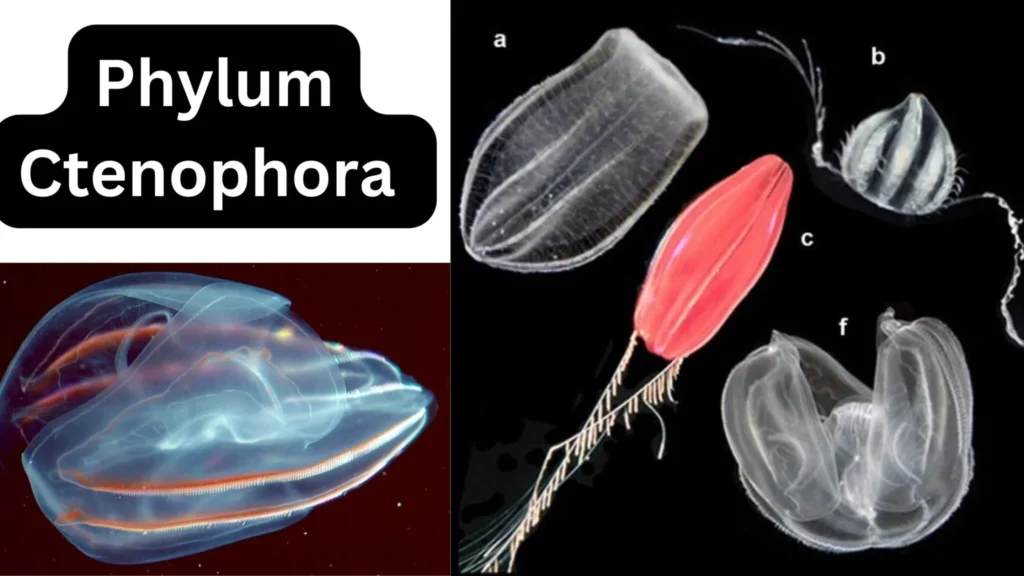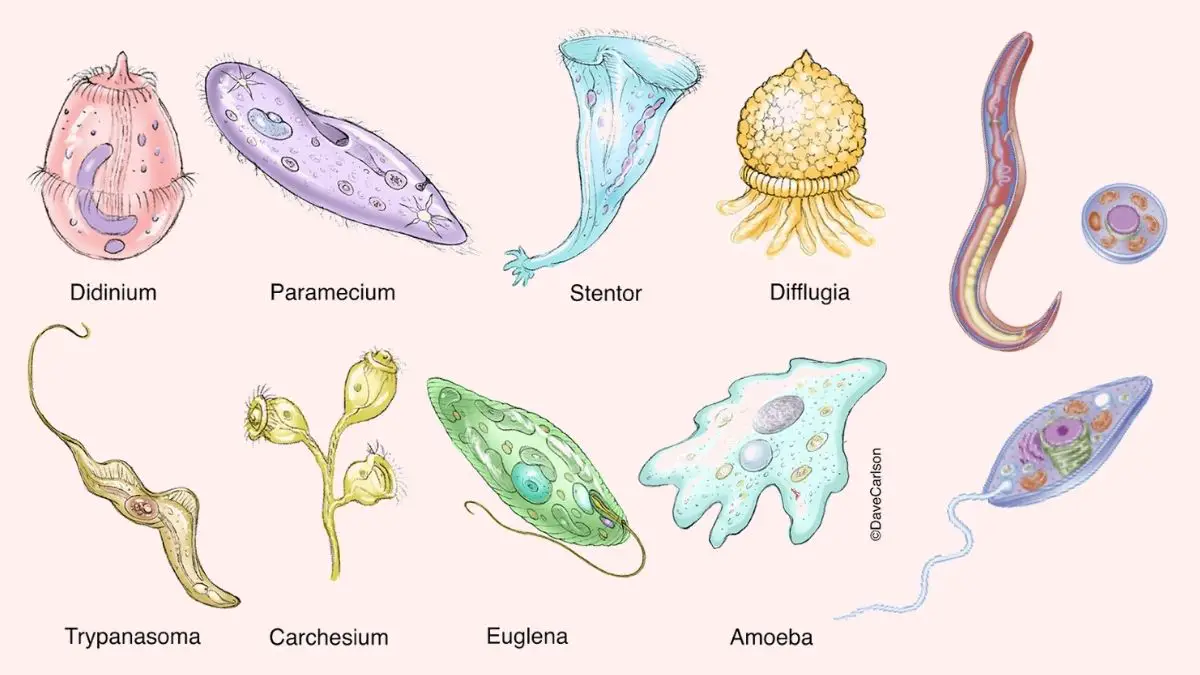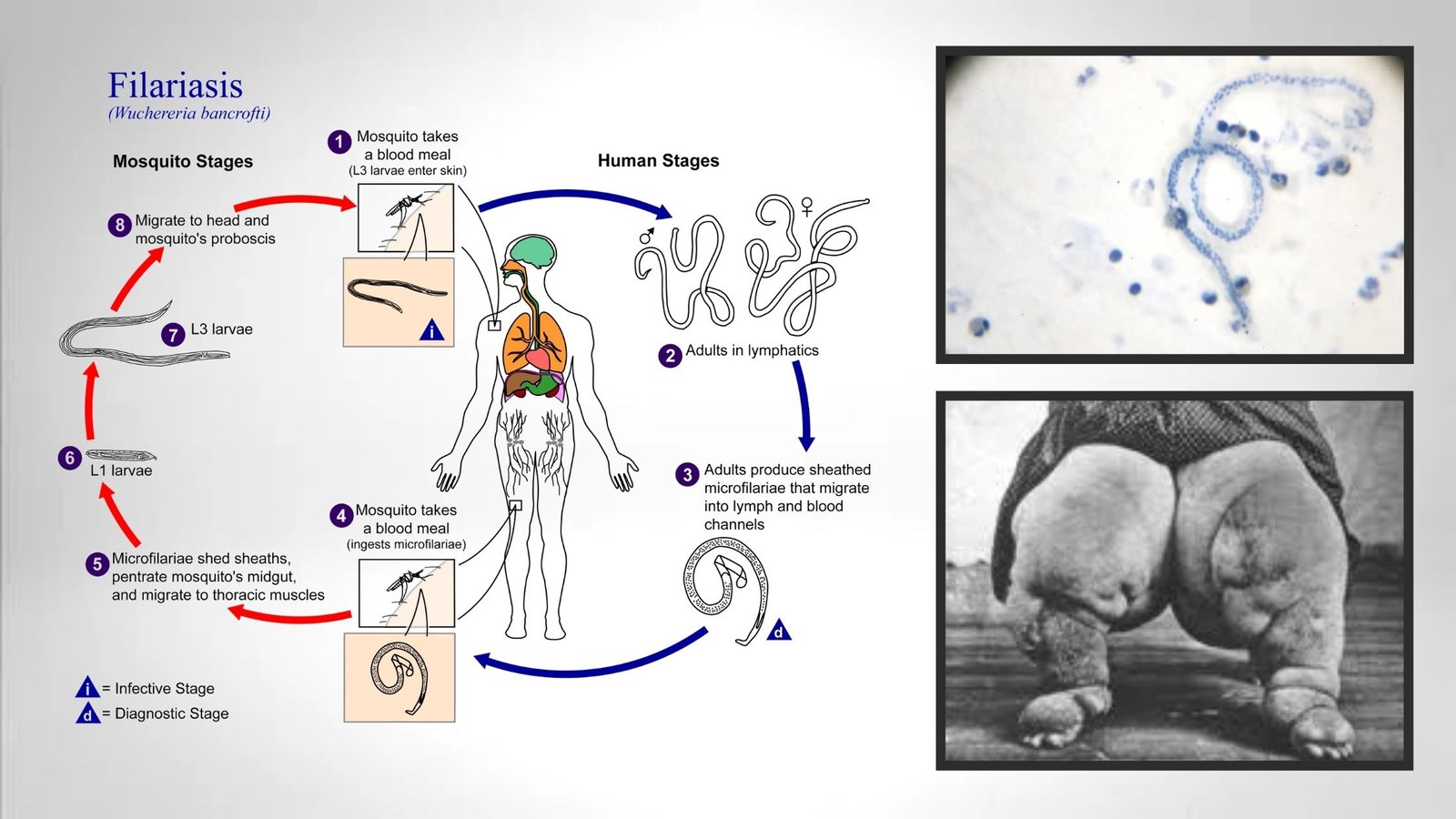Clostridium perfringens – Habitat, Morphology, Pathogenesis, Treatment
What is Clostridium perfringens? Scientific classification of Clostridium perfringens Domain: Bacteria Phylum: Bacillota Class: Clostridia Order: Eubacteriales Family: Clostridiaceae Genus: Clostridium Species: C. perfringens Geographical Distribution and Habitat of Clostridium perfringens Clostridium perfringens is found globally, with varying types responsible for different diseases in humans and animals. Morphology of Clostridium perfringens Clostridium perfringens is a Gram-positive … Read more
